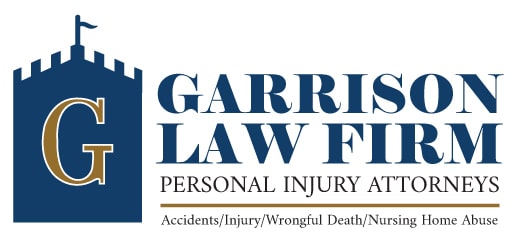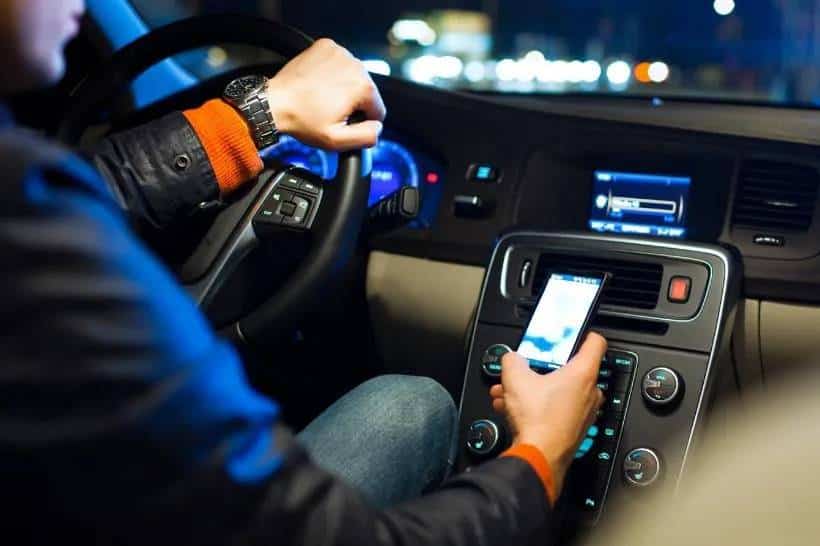New teen drivers who love texting may find themselves in a scary situation if their cell phone use leads to a car crash and another individual’s personal injury. Severe lawsuits can occur that could cost them and their parents a lot of money.
Therefore, fully understanding these types of cases – including how liability is decided – can provide these teens with a better understanding of the dangers of this behavior. Just as importantly, teens can understand why putting their cell phone away until they get home from driving is the best step.
Texting and Driving Is Almost Universally Banned
In 47 of the 50 states in the United States, texting while driving is completely banned. And in two of the three states that have yet to completely ban texting, novice – or teen – drivers cannot text. As a result, texting while driving is a behavior that teens should quickly get over if they want to avoid legal or financial problems early in their driving career.
However, many teens may believe that they are “great texters” and capable of driving while communicating with friends and family members on their phone. This perception can be a dangerous one for inexperienced drivers as they may quickly find that driving and texting is much harder than anticipated.
In fact, texting and driving is considered by many legal experts to be one of the worst forms of distracted driving. Texting not only takes a driver’s eyes away from the road but force their concentration elsewhere. As a result, courts typically come down hard on texting drivers who cause accidents.
Liability Can Be Complex
In most cases of distracted driving, the individual who was distracted will be considered liable for the crash. However, this decision is complicated by the nature of texting. For example, texting requires at least two people, including whoever is texting the driver back. If this individual knew that the driver was behind the wheel and continued to text them back, some judges might put some liability on that person.
However, a person texting a driver without knowledge of their current status may not be considered liable in a lawsuit. This decision all depends on examining their communication with the driver before the accident. For example, texting records could show that the driver warned the individual that they were on the road but that this person ignored the warning and continued the conversation.
Likewise, examination of text records could show that the driver never warned the individual that they were driving or that the person, when informed, tried to stop the conversation. In this situation, the driver is considered fully liable because they didn’t stop texting when necessary. And even if the other texting individual is found partially responsible for a crash, most of the blame will still fall on the driver.
And while the distracted driver may try to shift blame to the injured party using comparative negligence, this statute is not likely to hold up in court. Essentially, the distracted driver will try to prove that the other driver contributed to the accident with negligent behaviors. Without eyewitnesses to show this fact, however, the distracted driver is unlikely to succeed with this tactic.
Legal Help Minimizes Lawsuit Risks
Teens concerned about this danger need to take the smart move and put their cell phone away while they drive. This simple action ensures that they don’t cause an accident through negligent and distracted driving and protects them from serious lawsuits.
However, some teens won’t learn this lesson until after they have already caused an accident. So if you or your teenager is in this situation and needs help, please call us right away at Garrison Law Firm to learn more. Our professionals will assess your case and find a way to minimize your damages.


